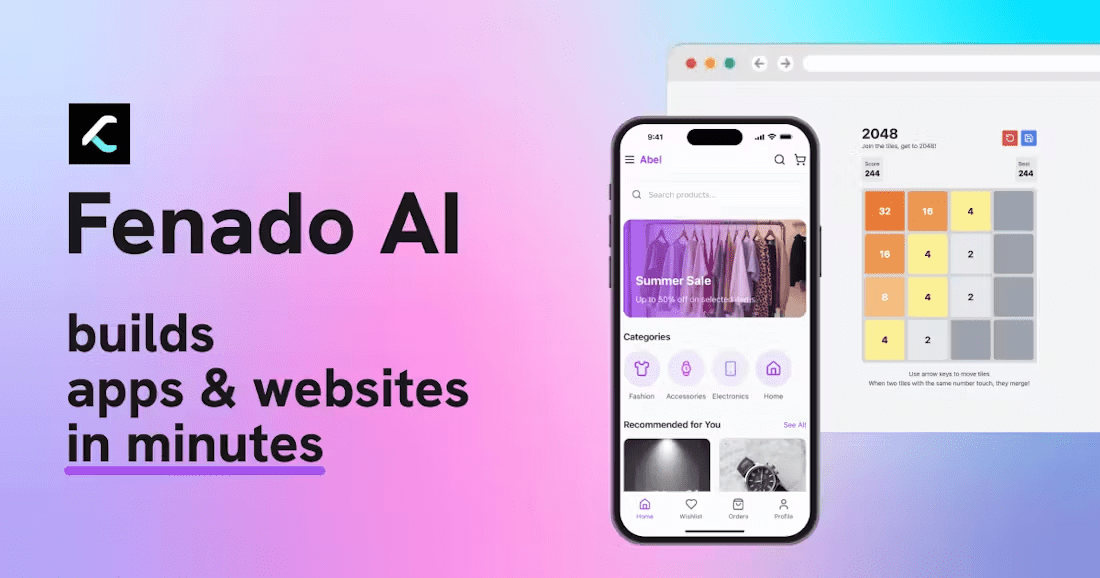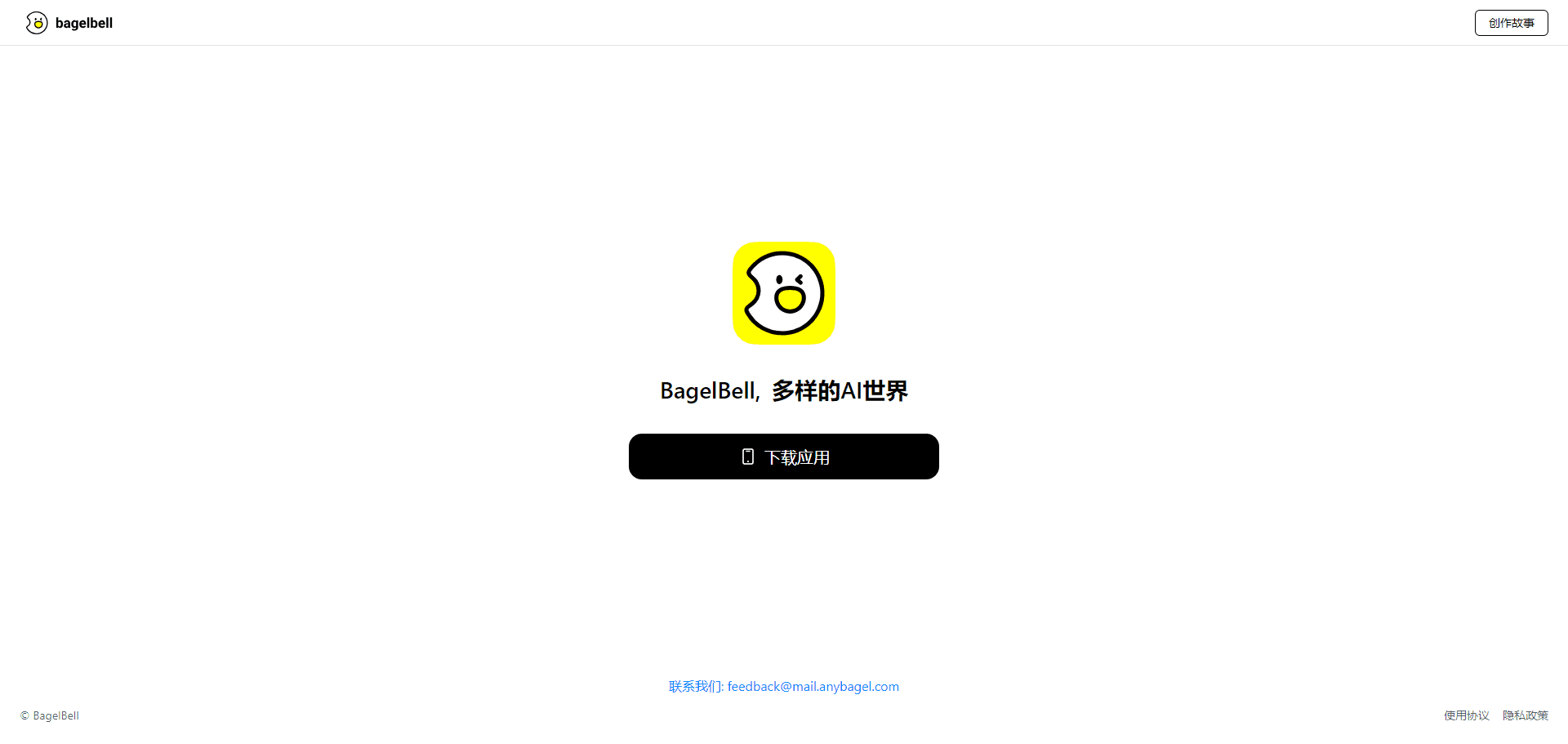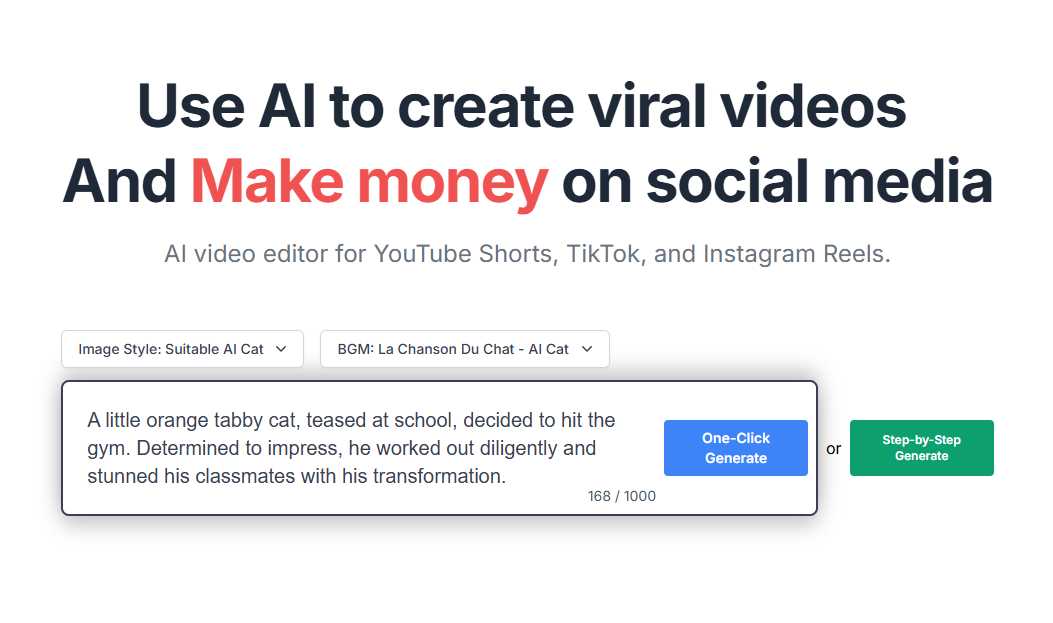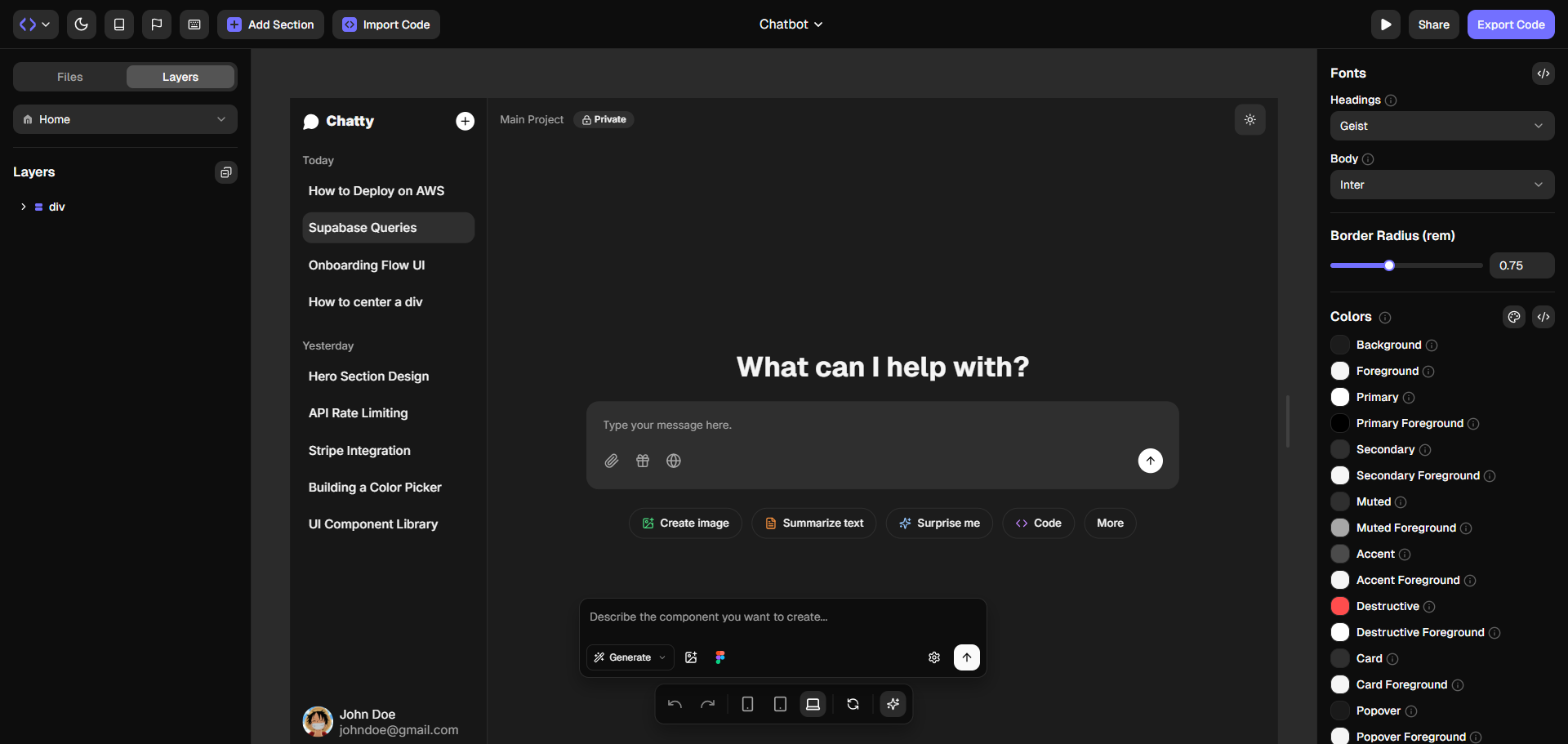Deepdive Llama3 From Scratch: Teaching You to Implement Llama3 Models From Scratch
General Introduction
Deepdive Llama3 From Scratch is an open source project hosted on GitHub that focuses on step-by-step parsing and implementation of the inference process of Llama3 models. It is optimized based on the naklecha/lllama3-from-scratch project, and is designed to help developers and learners deeply understand the core concepts and reasoning details of Llama3. The project provides detailed code comments, structured learning paths, and matrix dimension tracing instructions, making it easy for beginners to get started. Through clear step-by-step disassembly and implementation of the code, users can master the complete process from model inference to complex computation, which is a high-quality resource for learning large language models.
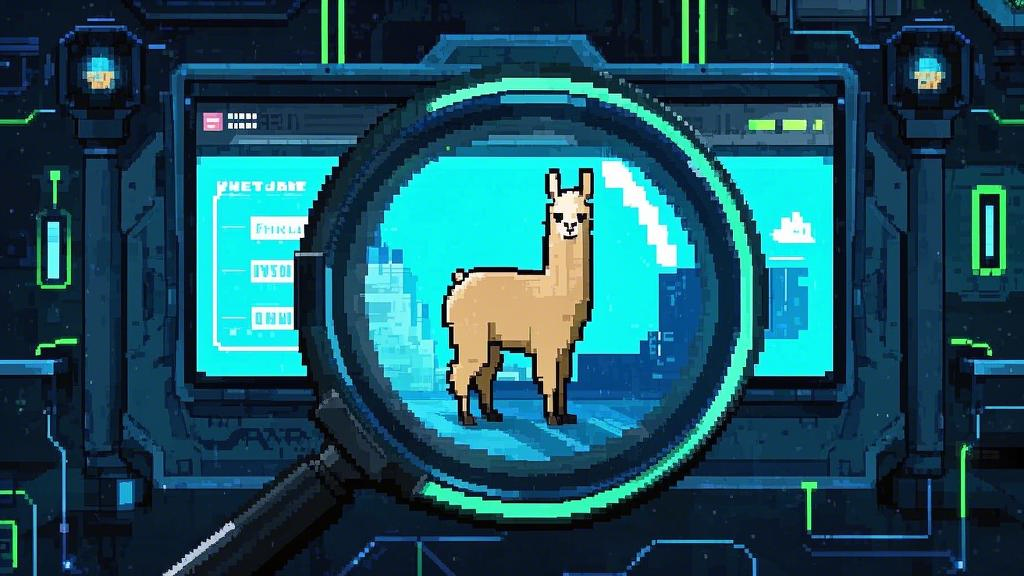
Function List
- Realization by stepwise reasoning: Provides a breakdown of each step of Llama3 model inference, including mathematical derivation and code implementation.
- Detailed code comments: Add in-depth annotations to each piece of code to explain its function and role and help understand the underlying logic.
- Dimensional tracking: Labeling the changes of matrix dimensions in the computation, clearly demonstrating the data flow process.
- Optimizing learning structures: Re-organize the content order and table of contents to facilitate step-by-step learning.
- Explanation of the group attention mechanism: An in-depth explanation of Llama3's group query attention mechanism and its implementation.
- Description of the SwiGLU feed-forward network: Dissecting the structure of the SwiGLU network and its role in the model.
- Multi-word generation support: Demonstrates how to generate multi-word output via round-robin calls, including the KV-Cache optimization principle.
Using Help
How to install and use
Deepdive Llama3 From Scratch is a GitHub open source project that can be used without a complicated installation process. Below are detailed steps to get you started and explore the project's features.
Get the project
- Visit the GitHub page
Open your browser and enter the URLhttps://github.com/therealoliver/Deepdive-llama3-from-scratch, go to the project homepage. - Download Code
- Click on the green Code Button.
- option Download ZIP Download the zip, or clone the project using the Git command:
git clone https://github.com/therealoliver/Deepdive-llama3-from-scratch.git - Extract the ZIP file or go to the cloned project folder.
- environmental preparation
The project relies on the Python environment and common deep learning libraries such as PyTorch. The following steps are recommended for configuration:- Ensure that Python 3.8 or above is installed.
- Run the following command in the terminal to install the dependencies:
pip install torch numpy - If you need to run full model inference, you may need to additionally install the
transformersor other libraries, depending on the specific code requirements.
Main function operation flow
1. Progressive realization
- Functional Description: This is the core of the project, providing a disassembly of every step of Llama3 inference, from input embedding to output prediction.
- procedure::
- Open the main file in the project folder (e.g.
llama3_inference.py(or similarly named documents, depending on the naming within the project). - Read the instructions at the beginning of the document to understand the overall process of reasoning.
- Run the code snippets step-by-step, with comments explaining each segment. Example:
# Embedding 输入层,将 token 转换为向量 token_embeddings = embedding_layer(tokens) - Understand the math and implementation logic of each step through comments and code comparisons.
- Open the main file in the project folder (e.g.
- Tips for use: It is recommended to run it with Jupyter Notebook to execute the code block by block and see the intermediate results.
2. Detailed code comments
- Functional Description: Each code comes with detailed notes for beginners to understand complex concepts.
- procedure::
- Open the project file in a code editor such as VS Code.
- When browsing through the code, note that the code starting with
#Notes that begin with, for example:# RMS 归一化,避免数值不稳定,eps 防止除零 normalized = rms_norm(embeddings, eps=1e-6) - After reading the comments, try to modify the parameters yourself and run it, observing how the results change.
- Tips for use: Translate the notes into your own language to record them and deepen your understanding.
3. Dimensional tracking
- Functional Description: Labeling matrix dimension changes to help users understand data shape transformations.
- procedure::
- Find places to label dimensions, for example:
# 输入 [17x4096] -> 输出 [17x128],每 token 一个查询向量 q_per_token = torch.matmul(token_embeddings, q_layer0_head0.T) - Check the shape of the tensor output by the code and verify that it agrees with the comments:
print(q_per_token.shape) # 输出 torch.Size([17, 128]) - Understanding the computational process of attention mechanisms or feedforward networks through dimensionality changes.
- Find places to label dimensions, for example:
- Tips for use: Manually plot dimension transformation diagrams (e.g. 4096 -> 128) to visualize the data flow.
4. Explanation of the mechanism of group attention
- Functional Description: An in-depth explanation of Grouped Query Attention (GQA) for Llama3, where every 4 query heads share a set of key-value vectors.
- procedure::
- Locate the Attention Mechanism code segment, usually in the
attention.pyor in a similar document. - Read the relevant notes, for example:
# GQA:将查询头分为组,共享 KV,维度降至 [1024, 4096] kv_weights = model["attention.wk.weight"] - Run the code and observe how the grouping reduces the amount of computation.
- Locate the Attention Mechanism code segment, usually in the
- Tips for use: Calculate the memory savings of GQA compared to traditional multi-head attention.
5. Description of the SwiGLU feed-forward network
- Functional Description: Analyze how SwiGLU networks increase nonlinearity and improve model representation.
- procedure::
- Find the feedforward network implementation code, for example:
# SwiGLU:w1 和 w3 计算非线性组合,w2 输出 output = torch.matmul(F.silu(w1(x)) * w3(x), w2.T) - Read the notes on the formulas and understand the math.
- Modify the input data, run the code, and observe the output changes.
- Find the feedforward network implementation code, for example:
- Tips for use: Try replacing it with ReLU and compare the performance difference.
6. Multi-word generation support
- Functional Description: Generating multi-word sequences by recurring calls and introducing KV-Cache optimization.
- procedure::
- Find the generation logic code, for example:
# 循环预测下一个词,直到遇到结束标记 while token != "<|end_of_text|>": next_token = model.predict(current_seq) current_seq.append(next_token) - Read the KV-Cache related notes to understand how caching accelerates inference.
- Enter a short sentence (e.g. "Hello") and run to generate a complete sentence.
- Find the generation logic code, for example:
- Tips for use: Adjustments
max_seq_lenparameter to test different length outputs.
caveat
- hardware requirement: GPU support may be required to run full inference, smaller tests can be performed on the CPU.
- Learning Advice: Read in conjunction with the official Llama3 paper for better results.
- Commissioning method: When you encounter an error, check the dependency version or check the GitHub Issues page for help.
With these steps, you can get a full grasp of Deepdive Llama3 From Scratch, from basic reasoning to optimization techniques!
© Copyright notes
Article copyright AI Sharing Circle All, please do not reproduce without permission.
Related posts

No comments...

